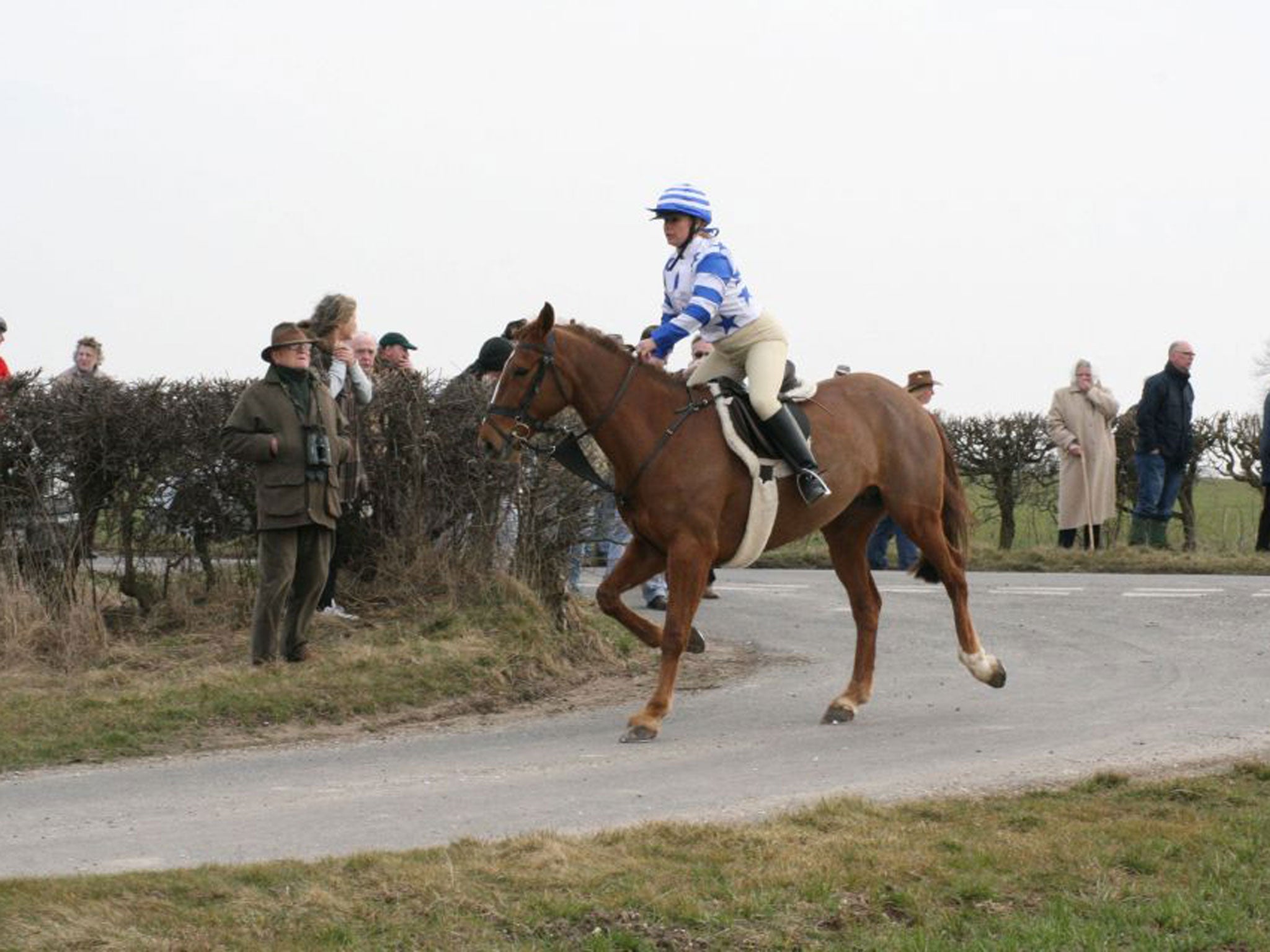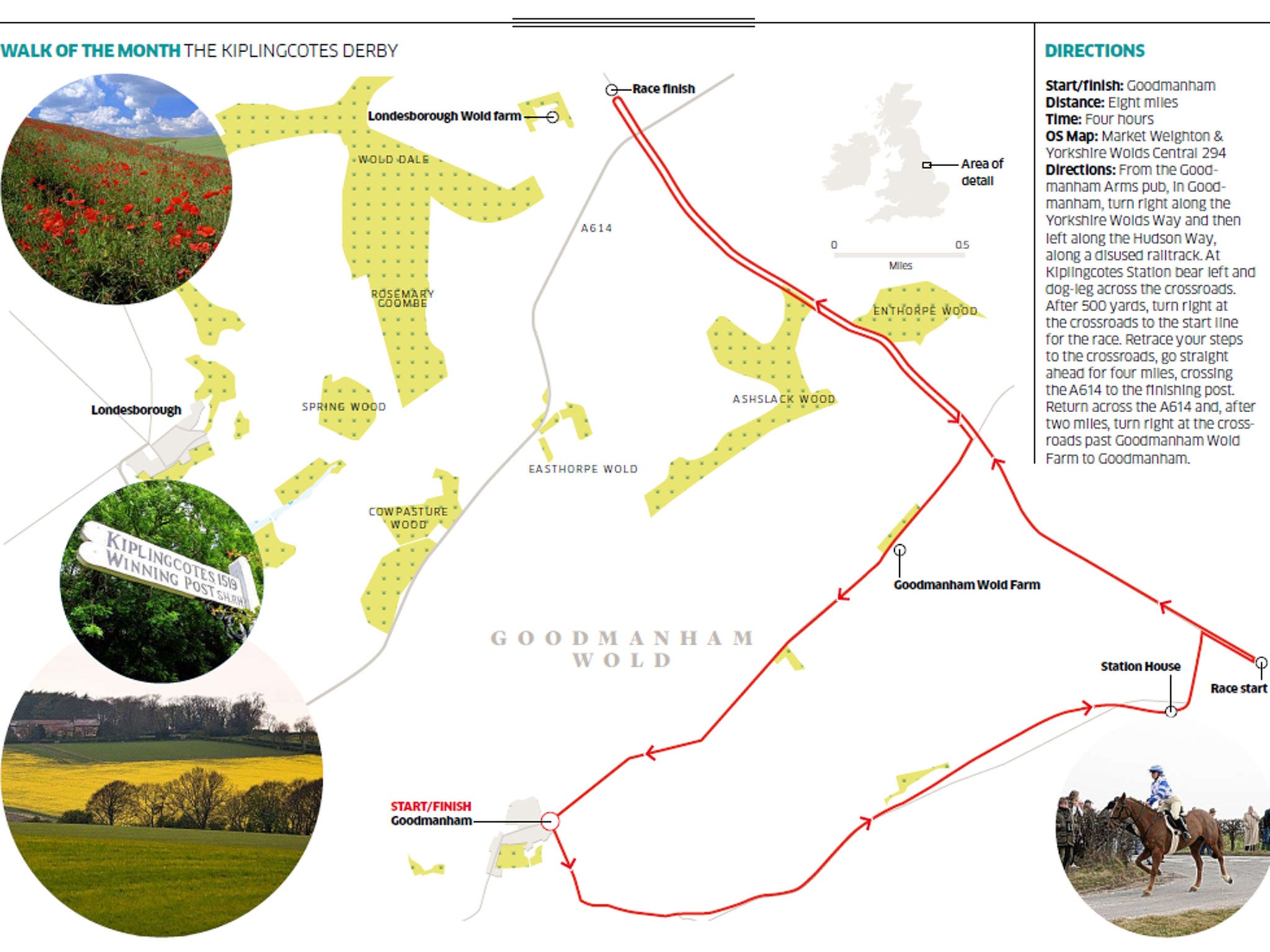Your support helps us to tell the story
From reproductive rights to climate change to Big Tech, The Independent is on the ground when the story is developing. Whether it's investigating the financials of Elon Musk's pro-Trump PAC or producing our latest documentary, 'The A Word', which shines a light on the American women fighting for reproductive rights, we know how important it is to parse out the facts from the messaging.
At such a critical moment in US history, we need reporters on the ground. Your donation allows us to keep sending journalists to speak to both sides of the story.
The Independent is trusted by Americans across the entire political spectrum. And unlike many other quality news outlets, we choose not to lock Americans out of our reporting and analysis with paywalls. We believe quality journalism should be available to everyone, paid for by those who can afford it.
Your support makes all the difference.I paused in the middle of a quiet country lane near a lonely crossroads. The wide expanses of fields made it feel a little – just a little – like the iconic scene in North By Northwest, where Cary Grant stands in the cornfield flatlands, awaiting his date with the crop dusters. Except in this case, I was in the Yorkshire Wolds in the East Riding, and it was horses, not aircraft, that would be along soon.
Next to me on the grass verge was a stone post that marks the beginning of what is surely the quirkiest horse race in Britain. The lane stretched out ahead of me towards a crossroads 400 yards away: I was following the route of the Kiplingcotes Derby, arguably the oldest surviving equestrian event in Britain. Conventional belief says the race dates to 1519. More to the point, there isn't actually a race course, instead runners and riders use country lanes and unclassified roads and, briefly, a major A-road – to gallop the four miles. There's no formal entry – competitors simply show up on the morning of the race. Even better, the race's arcane rules mean that the second placed rider receives more prize money than the winner. The drama unfolds over nine minutes or so.
The finish line – at Londsbrough Wold Farm near the village of Warter – is the best place to stand, as you get to see the weighing in, any last-minute impulsive entries, the enjoyably over-dramatic reading of the rules and, above all, the dash to winning post. After weighing in at the finish line, the horses are ridden at a trot to the start. You could start this walk from the village of Goodmanham at 9.30am, as I did, and be at the finishing line – just over half way through this walk – in time to see the winner come home. I walked the course in the morning of last year's Derby Day and was kept company by Stephen Crawford, who is the lifeblood of the event.
"It all started off as a straight race between two squires to see whose horse was better, and it just got competitive. It's difficult when there is no course as such – if you argue with half a ton of horse that says it's going to turn left when you want to go right there's only one winner."

Tradition says that if the race is ever cancelled, it cannot take place ever again. In 1947, heavy snow got the better of all, but a farmer lead a horse around the course to ensure the race's unbroken record would continue. In 2001, Steven walked his horse around the course when foot and mouth prevented the usual race taking place. "I walked the course but they never put my name on the trophy," he smiled.
My walk turned out to be worth the journey. Leaving Goodmanham I followed lanes that slice through high, flat country before dipping down to a dale and following a path along a disused rail line. There were glimpses of the original chalk grasslands that were once widespread, and the birds include screeching yellowhammers. Hedgerows were made up of lovely blackthorn brambles.
I left the track at the semi- restored railway houses of disused Kiplingcotes Station. More timeworn are the Bronze Age tumuli and long barrows protruding from the surrounding fields. At a crossroads I made a brief detour to the start line, marked by that stone post. Then it was more long, straight, and very empty and undulating lanes. I passed a crossroads to drop down, then up, towards the finish line. When I first spotted it, the winning post – or the treeline that surrounded it – was perhaps two miles away. I got there just ahead of the leaders. The horses were sleek and super fit, clouds of steam rising from their flanks, and there was a clear winner, Woteva.
As the victor and vanquished dispersed, I retraced my steps to the crossroads and followed a quiet lane back to Goodmanham. There were views over much of my route, hedgerows protruding here, a solitary silhouette of an oak there. By the end of my walk I was utterly charmed by the countryside. I caught up again with Stephen after the race in the village pub, the Goodmanham Arms.
"People in east Yorkshire are terribly proud of their country. This isn't Epsom, or Aintree, it's the Kiplingcotes Derby, something that's been going since the 16th century. You've been walking along roads and verges that have not changed much since Henry VIII's time."
Getting there
The nearest railway station is Beverley, served by Northern Rail trains on the Hull to Scarborough line (08457 48 49 50; nationalrail.co.uk).
Eating & drinking there
The Goodmanham Arms (01430 873849; goodmanhamarms.co.uk).
More information
The next Kiplingcotes Derby takes place on Thursday 20 March.
Start/finish: Goodmanham
Distance: Eight miles
Time: Four hours
OS Map: Market Weighton & Yorkshire Wolds Central 294

Directions: From the Goodmanham Arms pub, in Goodmanham, turn right along the Yorkshire Wolds Way and then left along the Hudson Way, along a disused railtrack. At Kiplingcotes Station bear left and dog-leg across the crossroads. After 500 yards, turn right at the crossroads to the start line for the race. Retrace your steps to the crossroads, go straight ahead for four miles, crossing the A614 to the finishing post. Return across the A614 and, after two miles, turn right at the crossroads past Goodmanham Wold Farm to Goodmanham.

Join our commenting forum
Join thought-provoking conversations, follow other Independent readers and see their replies
Comments